jamesp
Cave Dweller 
Member since October 2012
Posts: 36,612
|
Post by jamesp on Aug 28, 2017 5:35:22 GMT -5
|
|
|
|
Post by Garage Rocker on Aug 28, 2017 9:32:32 GMT -5
Cool pics, jamesp, Like that last one a lot. Cool pattern. Your dilemma though is getting a clear shot showing the detail in the plant, as well as the insects. It would help to have a little more light down that tube. Even if you just bounced a little existing light in there. You don't want to use flash unless you can dial back the output, you don't want to blow out the detail in the tube. Maybe even use something like an index card to bounce some sunlight in there. That will allow you to use a smaller aperture and get a little more depth of field. It's always going to be tricky to get detail in the top of the tube and the bottom, where the insects end up, because you are shooting with the lens very close to the subject, I would imagine. That's where the cheater stacking technology would be beneficial.  |
|
Deleted
Deleted Member
Member since January 1970
Posts: 0
|
Post by Deleted on Aug 28, 2017 9:40:32 GMT -5
Garage RockerThose tubes are like 12" deep. So the focus range is from inches to 12" more. Like a 4-5x change txrockhunter Jeremy's focus tube is amazing. Jeremy, can it be configured to stack focus of such a large change?
|
|
|
|
Post by Garage Rocker on Aug 28, 2017 9:41:43 GMT -5
I wasn't sure of the depth of the tube or what the range of stacking capability was either.
|
|
jamesp
Cave Dweller 
Member since October 2012
Posts: 36,612
|
Post by jamesp on Aug 28, 2017 9:57:23 GMT -5
I am in process of tinkering this day. Viable comments Scott Randy. I will show you the set up, including depth of tube. I have a crap overcast day, no sun at all, and shutter is restricted to 1/60 on clearest plants. so not good conditions. With the sun hitting form side in morning the light is intense. Best for these stacks. i did these with the camera touching the cut off pitchers.(I'll show you what I mean). Zero crop. some stacked, some I was rejected(the red ones) because it reduced shutter to 1/30. The 1st 1 inch out of focus, but yes-focused up to 12 inches down funnel. this one stacked: 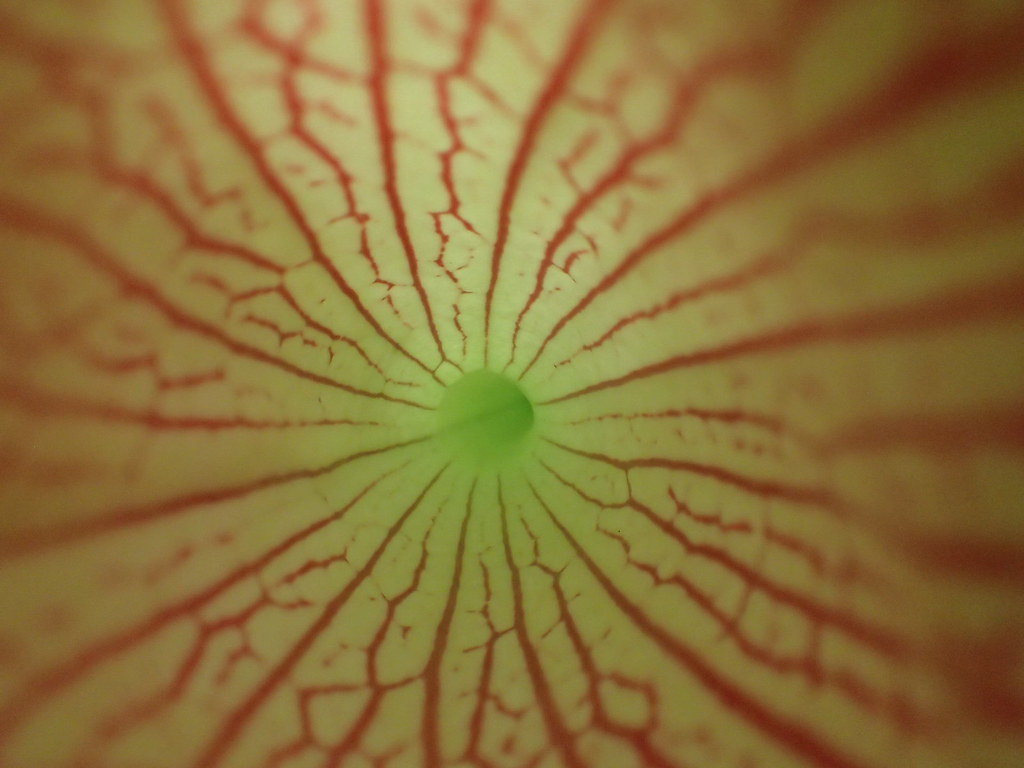 The whites stacked, the reds not. The lower ones were enhanced with artificial light and blurry  . Quick screen shots. 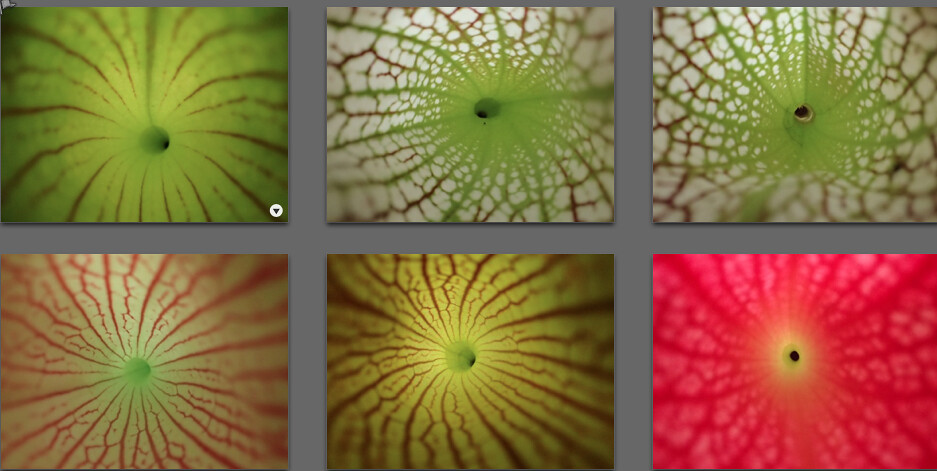  |
|
jamesp
Cave Dweller 
Member since October 2012
Posts: 36,612
|
Post by jamesp on Aug 28, 2017 9:58:06 GMT -5
More to come. But need my sun. Sun dances please.
|
|
jamesp
Cave Dweller 
Member since October 2012
Posts: 36,612
|
Post by jamesp on Aug 28, 2017 10:02:23 GMT -5
Note, these are holes of death. Nature cruelest. Beware of beauty.
|
|
jamesp
Cave Dweller 
Member since October 2012
Posts: 36,612
|
Post by jamesp on Aug 28, 2017 11:20:01 GMT -5
Stacked 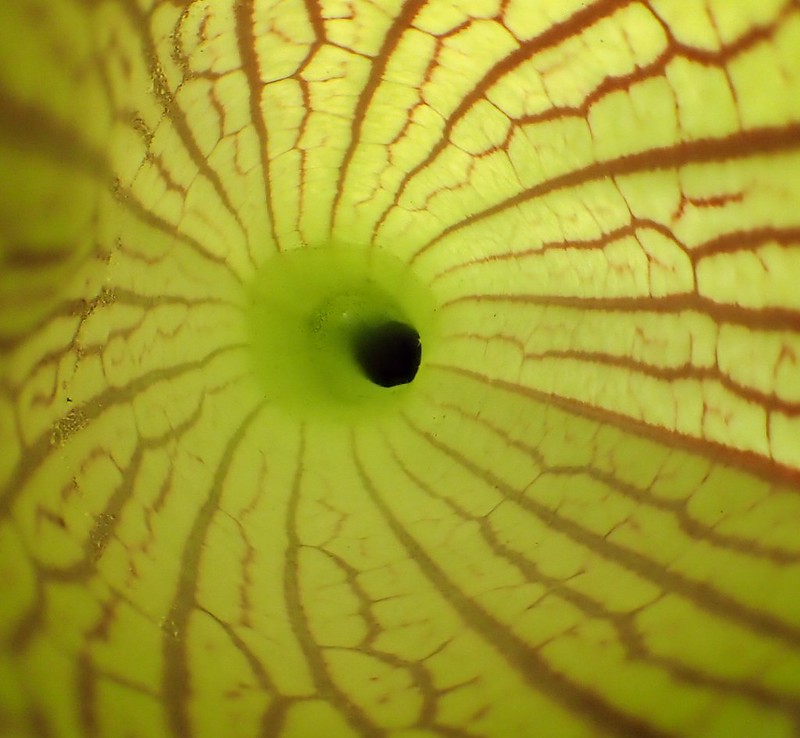 not stacked 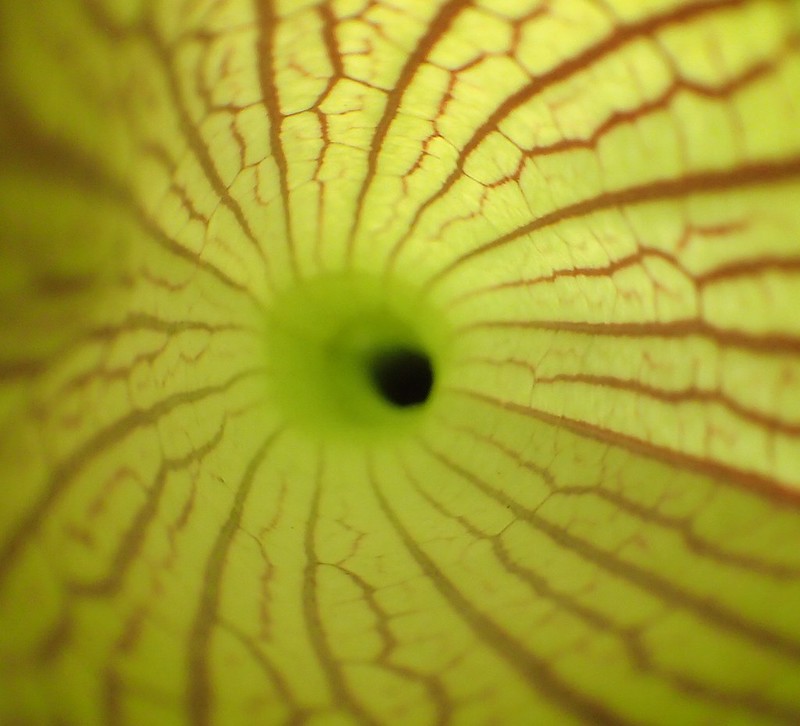 stacked, these red ones have a blurry texture with naked eye 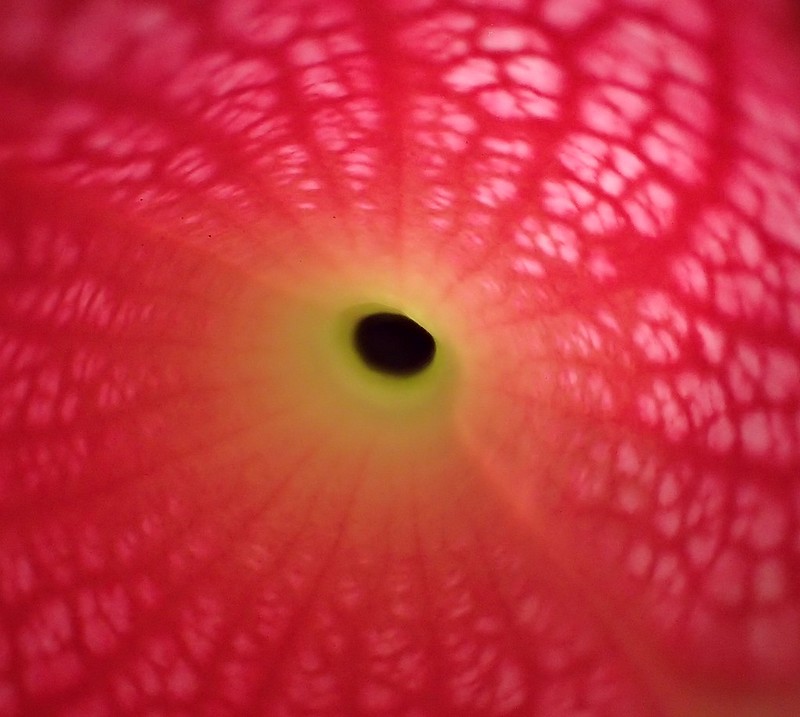 not stacked 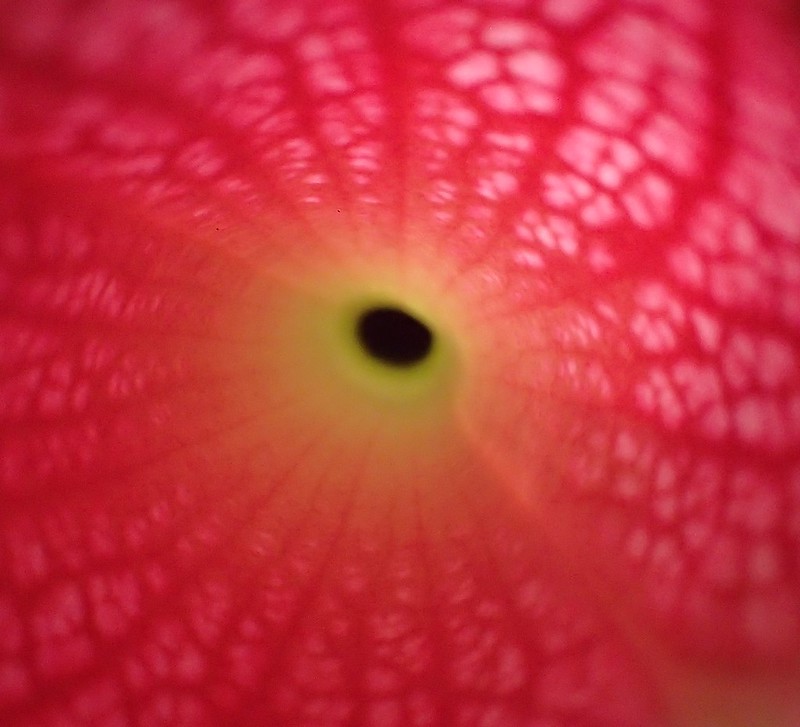 Glow effect different if lit from side. this is light heading down tube, different effect 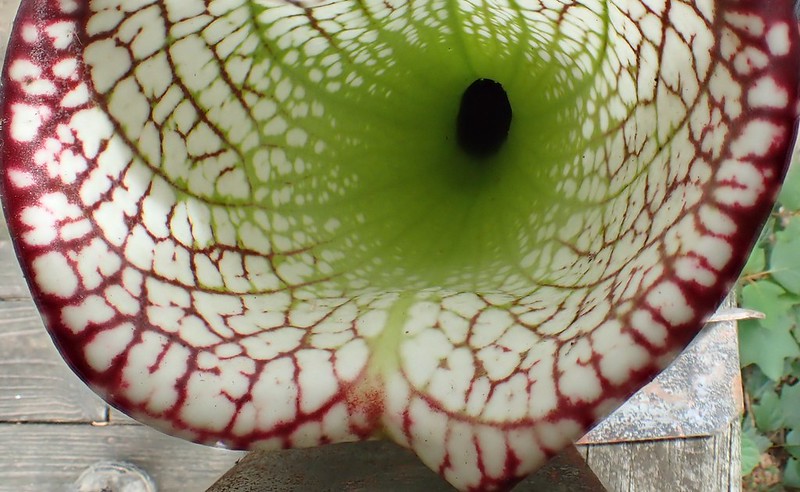 These are the pitchers, length etc. Shiny big tumbles from China not really. 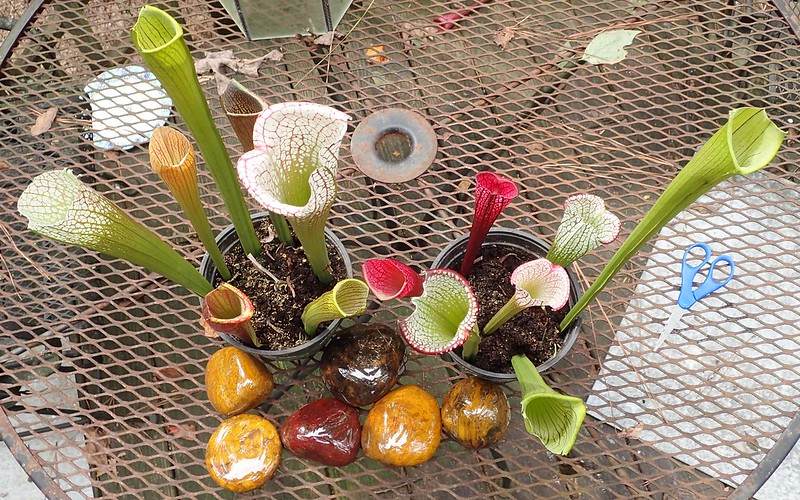 Misc 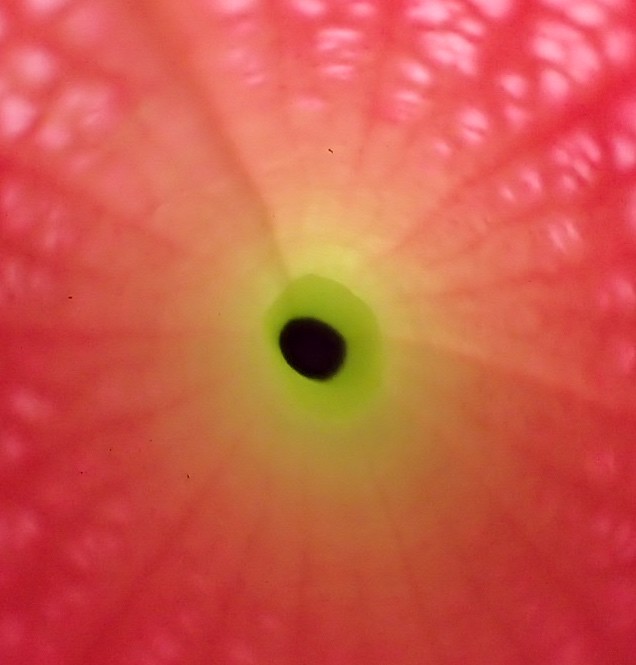 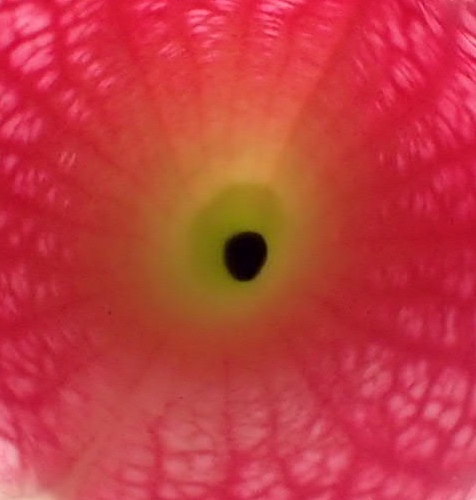 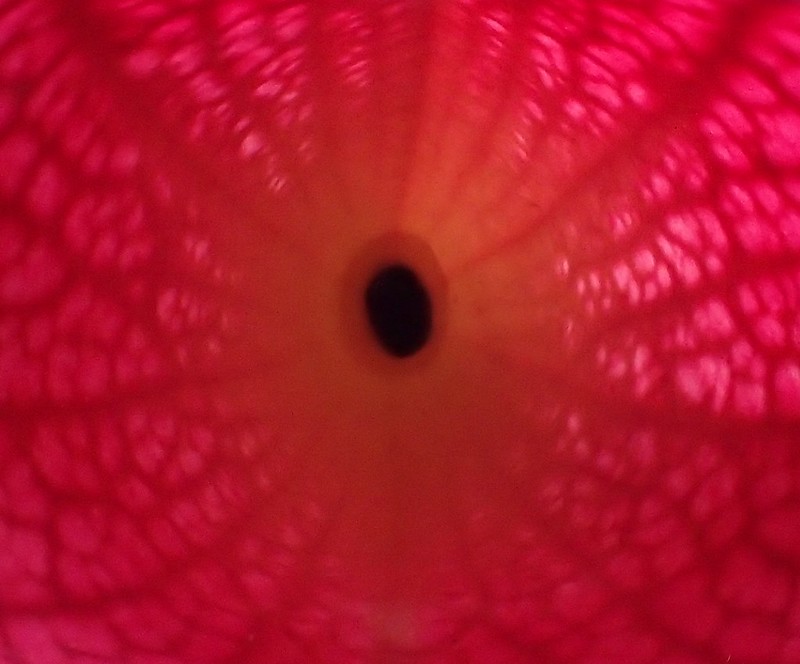 this bug showed up, maybe a good on for the ID masters rockpickerforever ? Had difficulty myself. Poor focus 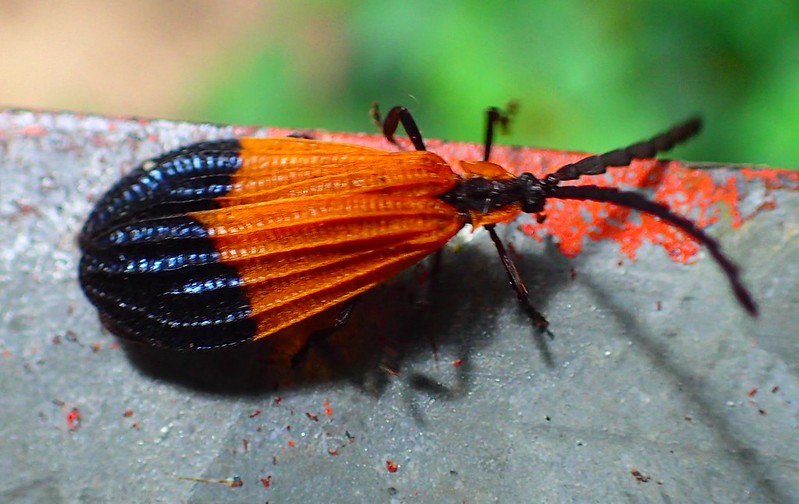 |
|
jamesp
Cave Dweller 
Member since October 2012
Posts: 36,612
|
Post by jamesp on Aug 28, 2017 11:31:21 GMT -5
I wasn't sure of the depth of the tube or what the range of stacking capability was either. The lens was almost touching the tube, blurred for sure the first inch. The longest distance the the stacking focused was at least 12 inches, nice. The curve in the pitcher makes it hard to tell. Stack goes out darn far. hand held. All 1/60 th. windy as ever. Gimme some light and a faster shutter, tripod that $$$ DSLR Olympus with good glass and all would go well. Might be able to nip at you and Jeremy's heels. |
|
|
|
Post by rockpickerforever on Aug 28, 2017 15:56:20 GMT -5
jamesp , was going to ask how big it is (size matters!), but think I came up with it anyway. I believe this is it - Net-Winged Beetle - (Calopteron terminale)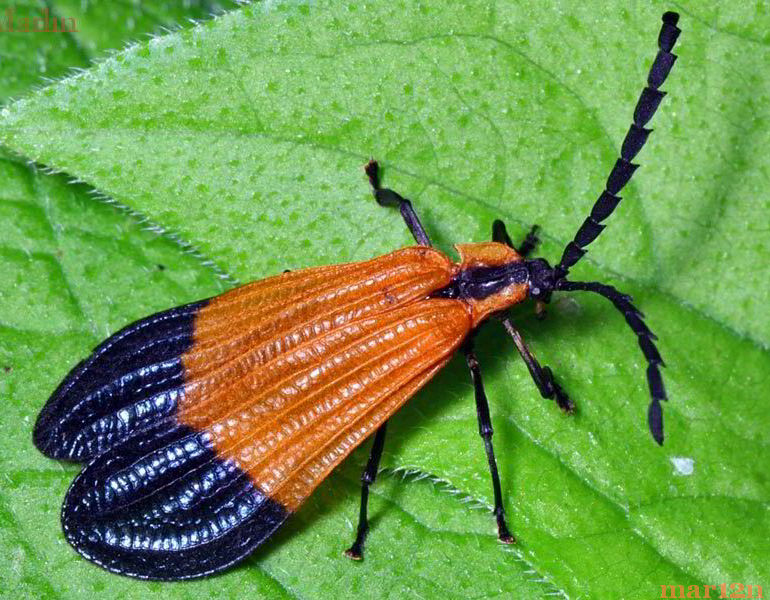 "Net-wings are not considered an agricultural pest and cause little if any damage to living plants." Gnarly looking larvae! 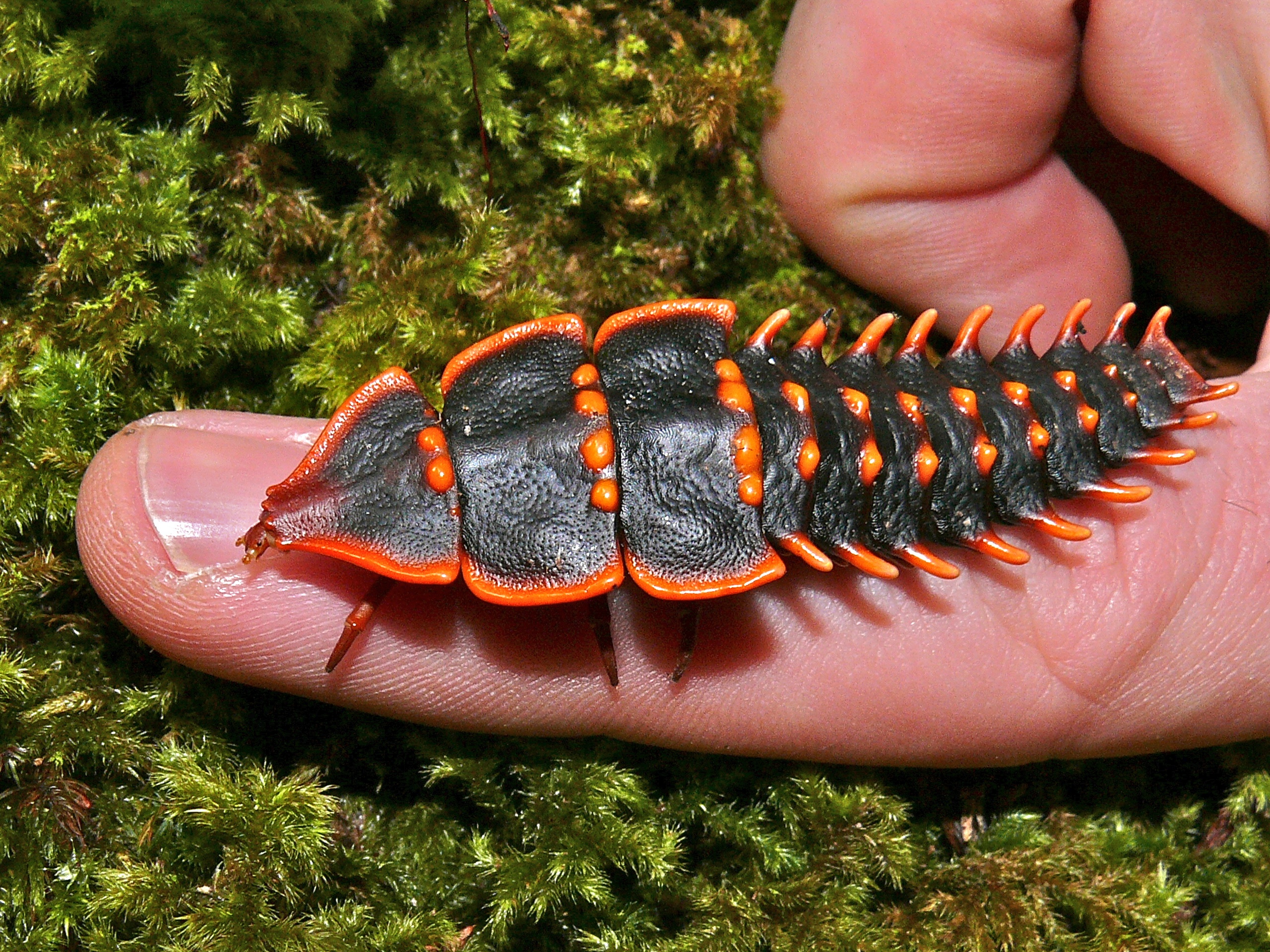 Something of nightmares, lol. Maybe science fiction....
|
|
jamesp
Cave Dweller 
Member since October 2012
Posts: 36,612
|
Post by jamesp on Aug 28, 2017 16:16:14 GMT -5
jamesp , was going to ask how big it is (size matters!), but think I came up with it anyway. I believe this is it - Net-Winged Beetle - (Calopteron terminale) "Net-wings are not considered an agricultural pest and cause little if any damage to living plants." Gnarly looking larvae!  Something of nightmares, lol. Maybe science fiction.... How do you find the ID on these off-the-wall insects ? a computer program ? Encyclopedia ? i looked all over the net, no luck. Thanks for nailing it. That larvae is crazy. Sic Fi, bad dream, and wicked. Surprised larvae is so big, the bug was about 3/4". Check out the tiny head on the larvae, looks like a gumba   |
|
|
|
Post by rockpickerforever on Aug 28, 2017 16:30:41 GMT -5
jamesp , as @shotgunner would say, "Google is your friend!"
Just Google bugs (beetles, butterflies, etc., whatever appropriate - I put beetle), color, SIZE (that's why it matters  ), maybe where it was found (GA). Then you just look at pics until you find it. Took maybe five minutes to find it, another five to post. Bug ID sites can also be helpful. ), maybe where it was found (GA). Then you just look at pics until you find it. Took maybe five minutes to find it, another five to post. Bug ID sites can also be helpful.
Not an entomologist by any stretch, but I guess you do need to know a beetle from an annelid. Jean |
|
jamesp
Cave Dweller 
Member since October 2012
Posts: 36,612
|
Post by jamesp on Aug 28, 2017 20:58:02 GMT -5
jamesp , as @shotgunner would say, "Google is your friend!"
Just Google bugs (beetles, butterflies, etc., whatever appropriate - I put beetle), color, SIZE (that's why it matters  ), maybe where it was found (GA). Then you just look at pics until you find it. Took maybe five minutes to find it, another five to post. Bug ID sites can also be helpful. ), maybe where it was found (GA). Then you just look at pics until you find it. Took maybe five minutes to find it, another five to post. Bug ID sites can also be helpful.
Not an entomologist by any stretch, but I guess you do need to know a beetle from an annelid. Jean You done well. That's what I do but no such. Images get it done, must say. Still stunned at the size of that larvae. |
|
|
|
Post by Pat on Aug 28, 2017 22:11:22 GMT -5
Adult bug is elegant in her long, flowing gown.
Larva nightmare creature.
|
|
|
|
Post by rockpickerforever on Aug 29, 2017 0:21:01 GMT -5
jamesp , as @shotgunner would say, "Google is your friend!"
Just Google bugs (beetles, butterflies, etc., whatever appropriate - I put beetle), color, SIZE (that's why it matters  ), maybe where it was found (GA). Then you just look at pics until you find it. Took maybe five minutes to find it, another five to post. Bug ID sites can also be helpful. ), maybe where it was found (GA). Then you just look at pics until you find it. Took maybe five minutes to find it, another five to post. Bug ID sites can also be helpful.
Not an entomologist by any stretch, but I guess you do need to know a beetle from an annelid. Jean You done well. That's what I do but no such. Images get it done, must say. Still stunned at the size of that larvae. James, you are correct. That larvae way too big to become a 3/4 inch long beetle! The image was placed with the net-wing beetle larvae, my mistake. It is a related species. The net-wing larvae also has a tiny head, and is similarly ugly, but not quite so large.  Your beetle is related to the firefly, but does not glow. The two larval forms are often confused. Mea culpa... |
|
jamesp
Cave Dweller 
Member since October 2012
Posts: 36,612
|
Post by jamesp on Aug 29, 2017 0:58:08 GMT -5
You done well. That's what I do but no such. Images get it done, must say. Still stunned at the size of that larvae. James, you are correct. That larvae way too big to become a 3/4 inch long beetle! The image was placed with the net-wing beetle larvae, my mistake. It is a related species. The net-wing larvae also has a tiny head, and is similarly ugly, but not quite so large.  Your beetle is related to the firefly, but does not glow. The two larval forms are often confused. Mea culpa... I did see the other larvae form on images. I think you have it correct now. Glad you shared the other though. Totally formidable looking larvae. Let's cook some up and get Scott to eat them. Sit back and see what happens to him. Maybe he'd get horny all over too lol. |
|
|
|
Post by rockpickerforever on Aug 29, 2017 1:05:30 GMT -5
James, you are correct. That larvae way too big to become a 3/4 inch long beetle! The image was placed with the net-wing beetle larvae, my mistake. It is a related species. I did see the other larvae form on images. I think you have it correct now. Glad you shared the other though. Totally formidable looking larvae. Let's cook some up and get Scott to eat them. Sit back and see what happens to him. Maybe he'd get horny all over too lol. James, are you sure you'd want to see him get horny? Lol. BTW, I think you are supposed to eat them raw... |
|
jamesp
Cave Dweller 
Member since October 2012
Posts: 36,612
|
Post by jamesp on Aug 29, 2017 1:18:07 GMT -5
I did see the other larvae form on images. I think you have it correct now. Glad you shared the other though. Totally formidable looking larvae. Let's cook some up and get Scott to eat them. Sit back and see what happens to him. Maybe he'd get horny all over too lol. James, are you sure you'd want to see him get horny? Lol. BTW, I think you are supposed to eat them raw... Apparently that is not a problem with that child. Know eating them raw may take the wind out of his sail. |
|